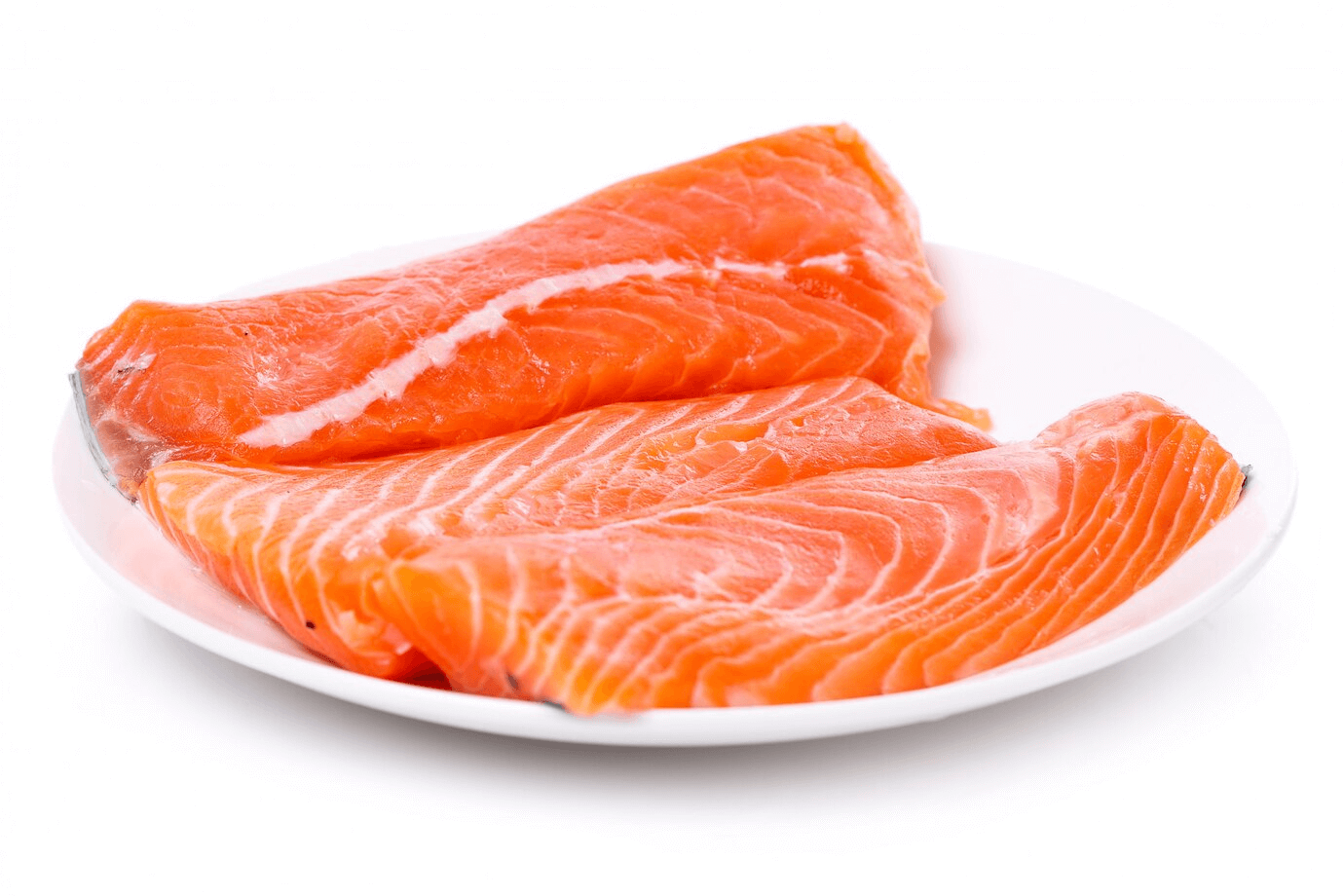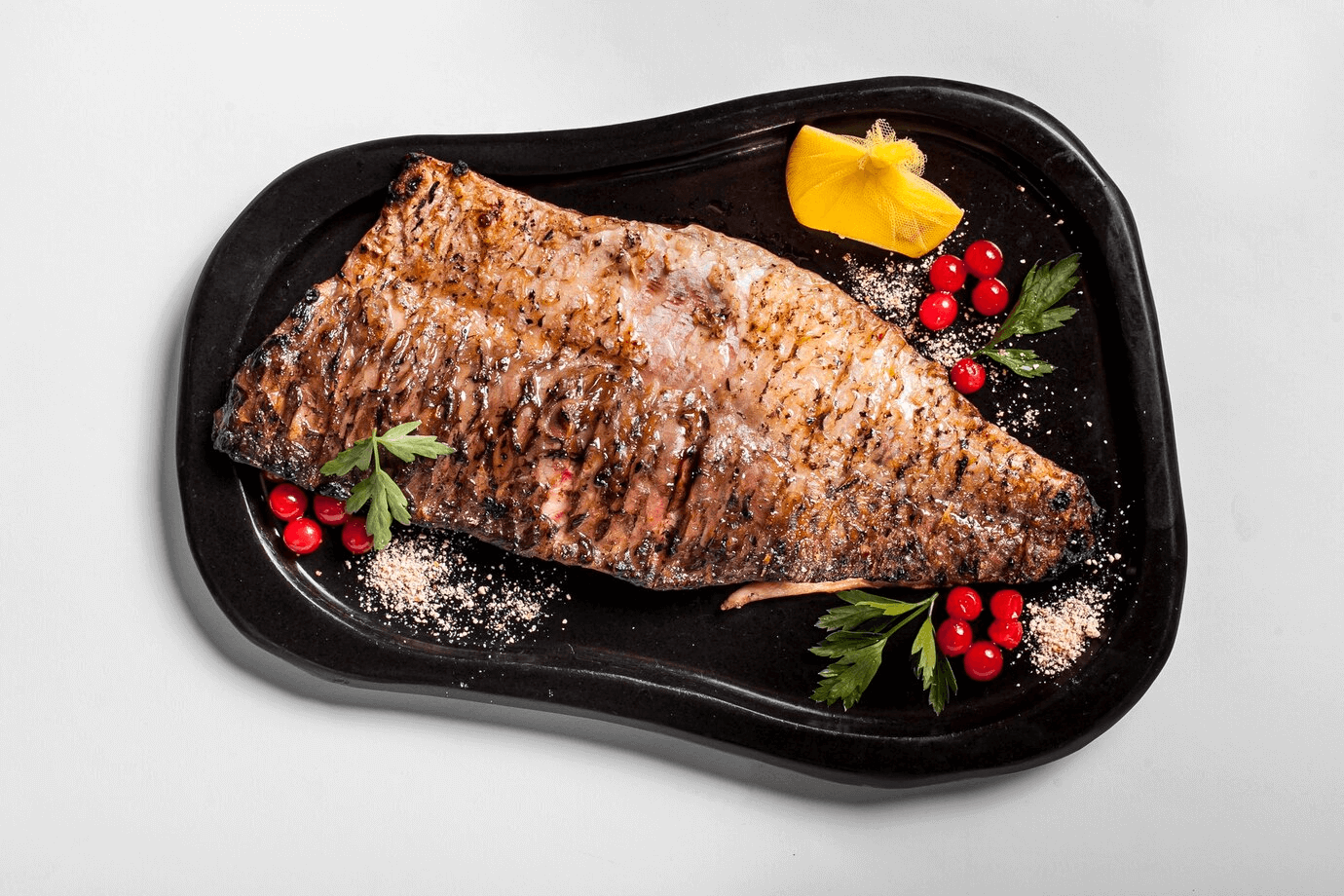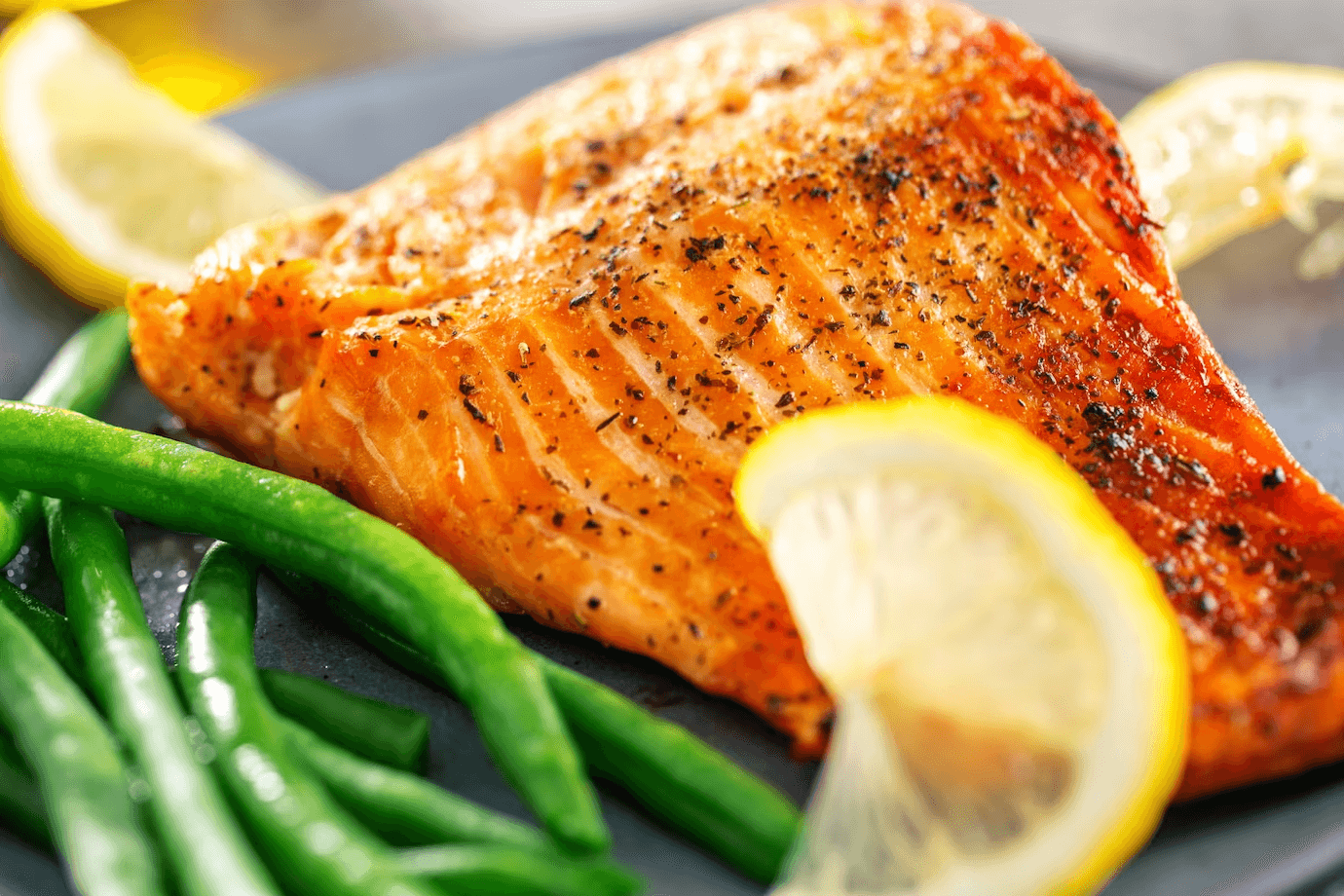




Are you ready to experience a culinary journey that will tantalise your taste buds and leave you craving more? Look no further than the Manettas Seafood Market, offering fresh fish fillets, delightful meals, and easy-to-follow recipes.
In this blog, we’ll show you how to cook fish fillets, a versatile seafood option. Whether you’re a seasoned chef or a kitchen novice, we’re here to provide all the information you need to cook fish fillets to perfection.

Let’s start with the basics. Cooking fish fillets offers flexibility and speed in creating a fantastic meal. With a range of cooking methods available, the only limit is your imagination. Whether you prefer salmon, cod, black cod, or another firm white fish, the basic principles of preparation remain the same. Here’s what you need to know:
Start with good fish fillets. The key to a truly delicious fish dish lies in the quality of your ingredients. At Manettas Seafood Market, we take pride in delivering the freshest, highest-quality seafood to your doorstep. Fresh fish fillets should have a clean, ocean-fresh aroma and firm, translucent flesh.
When it comes to fish fillets, the variety available is as vast as the ocean itself. Here are some of the popular types you can explore:
Each type of fish fillet brings its unique flavour and texture to the table, catering to various tastes and cooking preferences.


Each method offers a unique way to cook fish fillets, allowing you to explore different tastes and textures, ensuring a delightful meal every time.
Now, let’s explore some popular cooking methods for fish fillets.
Pan-frying is one of the most popular methods for cooking fish fillets, offering a delicate balance between a crispy exterior and moist, tender flesh. Here’s a step-by-step guide to pan-fry your fish to perfection:
Pan-frying creates a beautiful contrast between the crispy outside and the soft, flaky inside of the fish. It’s a fast and simple method to whip up a tasty dinner that’s sure to delight your taste buds.
Baking is your answer if you want a healthier way to enjoy fish. Baking fish fillets is incredibly easy, and it preserves the delicate flavours of the fish without adding too much oil. Here’s how to do it:
Baking is great for those looking to cut down on oil while still enjoying the deliciousness of fish.
Whether you prefer the classic tartar sauce, a zesty lemon butter sauce, or a drizzle of lime juice, sauces can transform your fish into a culinary masterpiece. Here’s how to make a simple lemon butter sauce that goes well with all fish fillets:
Sauces provide an excellent opportunity to customise your fish dishes according to your taste, complementing fish’s natural flavours and textures.
Here are some additional tips to ensure your fish fillets turn out perfect every time:

Cooking fish fillets is a delightful culinary journey that offers endless possibilities. Whether pan-frying, baking, or trying out new and exotic recipes, the key to success lies in fresh, high-quality fish, a few simple techniques, and your creativity in the kitchen. So, roll up your sleeves, get your apron on, and embark on a seafood adventure that will have you savouring every bite.
At Manettas Seafood Market, we’re committed to bringing you the freshest, most delicious fish fillets. Join us in celebrating the joys of cooking, and let your taste buds lead the way. Happy cooking!